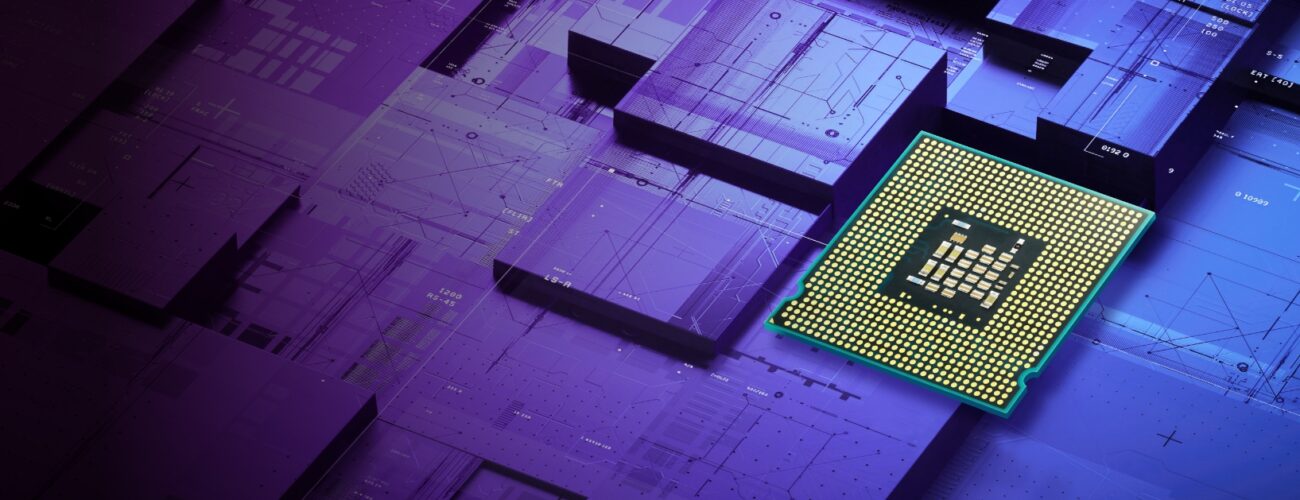Imagination Technologies, the company nowadays most known for its GPUs used by Apple’s iPhones and iPads, has just made a giant leap in its AI strategy: it got rid of its dedicated NPUs and added similar functionality to its GPUs, according toEE Times. Coincidentally, it just received $100 million in funding from Fortress Investment Group.
Imagination has been around for about 40 years and has done many things. Still, it became known for its PowerVR Kyro-branded graphics processors for PCs and its PowerVR-badged GPU IP, which was used by Apple and Intel (and dozens more companies) for its GPUs. Imagination is also a player in the AI field. It has ‘rebooted’ its approach to AI by discontinuing its standalone neural network accelerators and concentrating on embedding AI capabilities into its GPU IP products.

Imagination admitted in the EE Times interview that the strategic shift was made over the past 18 months due to complexities with a proprietary software stack that could not keep pace with the rapid evolution of AI customers’ diverse needs, which required custom solutions.
Given the dominance of Nvidia’s CUDA, the challenges extended beyond hardware development; creating an AI software stack that could expose the capabilities of ImgTec’s NPUs to developers and customers proved to be a significant hurdle. Customers often presented their unique AI models and expected Imagination to optimize them for the company’s hardware. This led to intense competition and pressure on Imagination’s development team, which stressed the team without any financial output.

Software is key.
Recognizing these difficulties, Imagination shifted its focus to GPUs, which are naturally multithreaded and are naturally suited for tasks requiring efficient parallel processing and data movement. With their flexibility, the company believes that GPUs can be enhanced with additional AI-specific compute capabilities, making them well-suited for edge AI applications, especially in devices with existing GPUs, such as smartphones, the home turf for ImgTec.
To support this transition, Imagination is repurposing technology developed for its now-discontinued accelerators, such as its graph compiler, and integrating it into its GPU stack. This allows the company to leverage its strengths while competitively addressing AI workloads.
For example, Imagination collaborated with the UXL Foundation on SYCL, a framework designed to rival Nvidia’s CUDA. This shift also aligns with the needs of Imagination’s customers, who already use on-chip GPUs for AI and graphics processing.
Get Tom’s Hardware’s best news and in-depth reviews, straight to your inbox.
Perhaps that openness has enabled Imagination to secure a $100 million convertible term loan from Fortress Investment Group affiliates.
While Imagination is committed to this GPU-focused approach, the company remains open to revisiting dedicated AI accelerators in the future, depending on how AI software infrastructure evolves, according toEE Times. For now, the company believes that compute-oriented GPUs offer the best platform to meet their customers’ AI needs.
Anton Shilov is a contributing writer at Tom’s Hardware. Over the past couple of decades, he has covered everything from CPUs and GPUs to supercomputers and from modern process technologies and latest fab tools to high-tech industry trends.